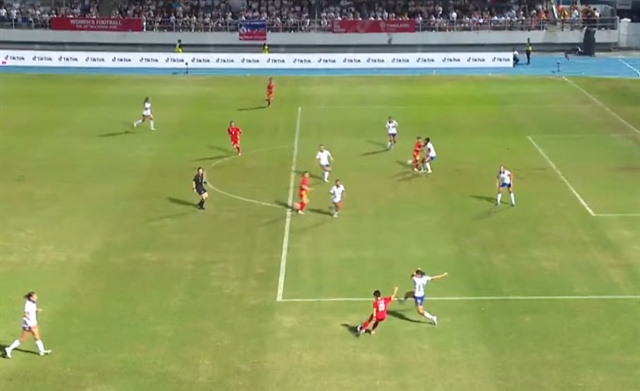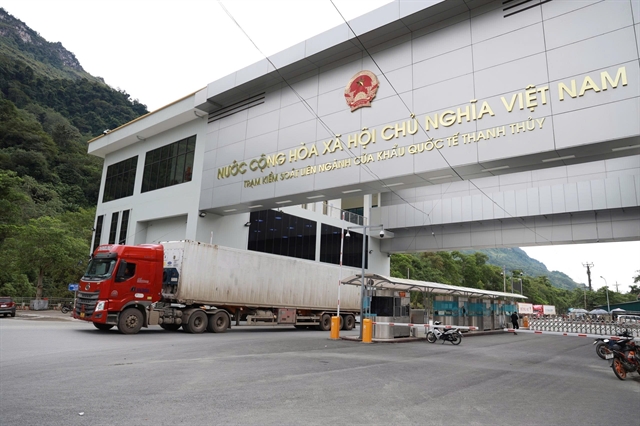 Society
Society

Ten districts of Hà Nội, have been classified as red zones under the city’s new system to curb the spread of COVID-19.

|
| Medical workers take samples from traders in Bách Khoa Market in Hà Nội's Hai Bà Trưng District for COVID-19 testing on Friday. The district has been classified as red zone which will continue strict social distancing measures from September 6. — VNA/VNS Photo |
HÀ NỘI — Ten districts of Hà Nội, have been classified as red zones under the city’s new system to curb the spread of COVID-19.
From 6am on September 6 until 6am on September 21, Directive 16 will continue to be implemented in these areas for at least 15 days.
They are: Tây Hồ, Ba Đình, Cầu Giấy, Hoàn Kiếm, Đống Đa, Hai Bà Trưng, Thanh Xuân, Hà Đông, Thanh Trì and Hoàng Mai.
Sections of five other areas on the outskirts of the capital, Nam Từ Liêm, Bắc Từ Liêm, Hoài Đức, Thanh Oai and Thường Tín, have also been classified as red zones, or Zone 1.
These are deemed to be high risk locations and urban areas with high population density and concentrated with agencies, businesses and services establishments.
People living in red zones must follow Directive 16, which means no gatherings of more than two people in public and asks people to only leave home for emergencies, buying food and medicine, and working in factories, production facilities and businesses that involve "essential" goods and services.
Regulations could be tightened depending on future scenarios.
Meanwhile, Zone 2 areas are made up of five other districts which are classified as orange and green zones.
They include Long Biên, Gia Lâm, Đông Anh, Sóc Sơn and Mê Linh districts.
Zone 2 will be separated with Zone 1 by the Hồng and Đuống rivers and will promote safe production to facilitate industrial zones’ operation.
Those living in areas designated green or orange will at the very least be required to adhere to Directive 15 which requires suspension of social events, bans gatherings of 20 people or more in one place and of 10 people or more outside workplaces, schools and hospitals. A minimum distance of two meters between people in public places should be ensured.
Directive 15 rules may be tightened, depending on individual circumstances of particular zones.
Zone 2 areas will be divided into smaller sections to ensure smooth operation of big industrial zones. In areas with industrial facilities, residents are asked to implement the “three on-site model”, meaning people in those areas must eat, sleep, and work without leaving the zone to keep production going while ensuring COVID-19 control and prevention measures are met.
Zone 3 will be for areas housing agricultural production companies and industrial zones. Parts of this zone can include urban areas, but only those with a low population density.
They include the whole administrative boundary of 10 districts: Ba Vì, Sơn Tây, Phúc Thọ, Đan Phượng, Thạch Thất, Quốc Oai, Chương Mỹ, Ứng Hòa, Mỹ Đức, Phú Xuyên and parts of five other districts which are classified as Zone 1, Nam Từ Liêm, Bắc Từ Liêm, Hoài Đức, Thanh Oai and Thường Tín.
Hà Nội authorities have unveiled an online Hanoi COVID-19 Epidemiological Information Map to help people easily search and detect problems related to the COVID-19 pandemic around their areas or at any locations in the capital city.
The map can be found at https://covidmaps.hanoi.gov.vn/ — VNS




